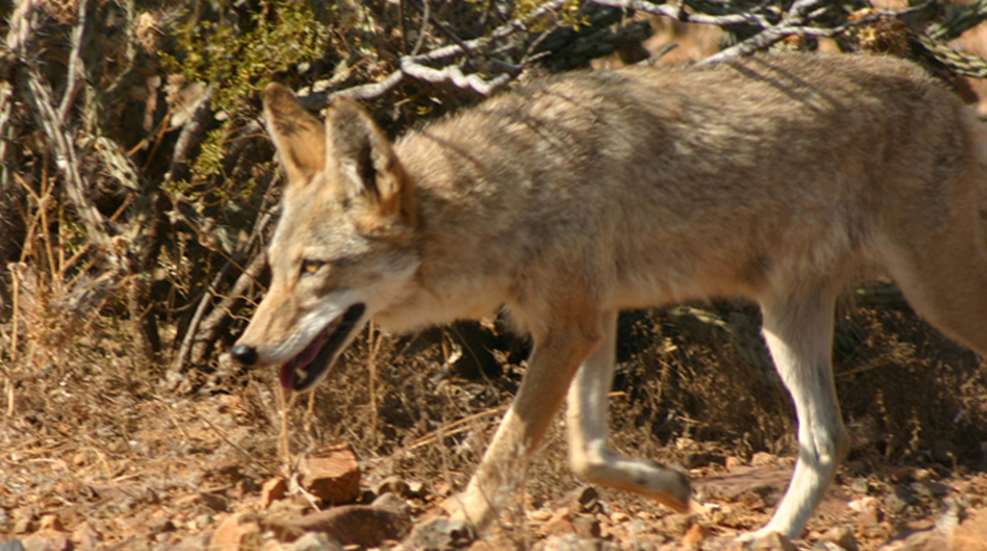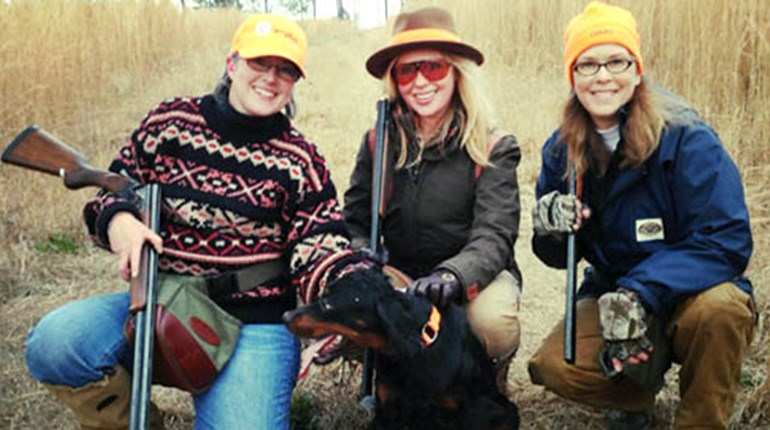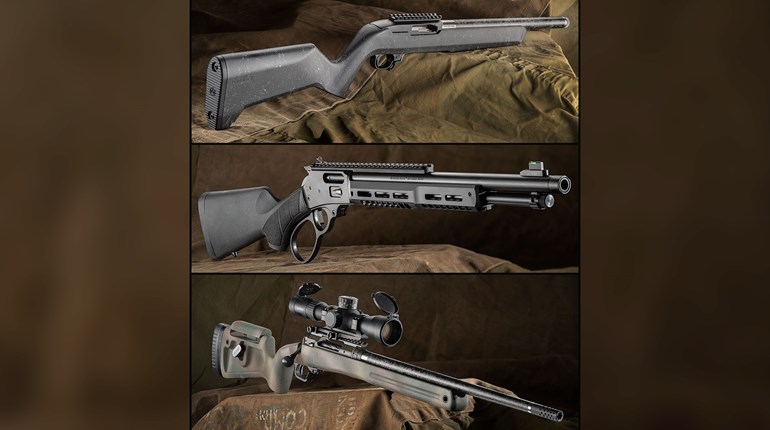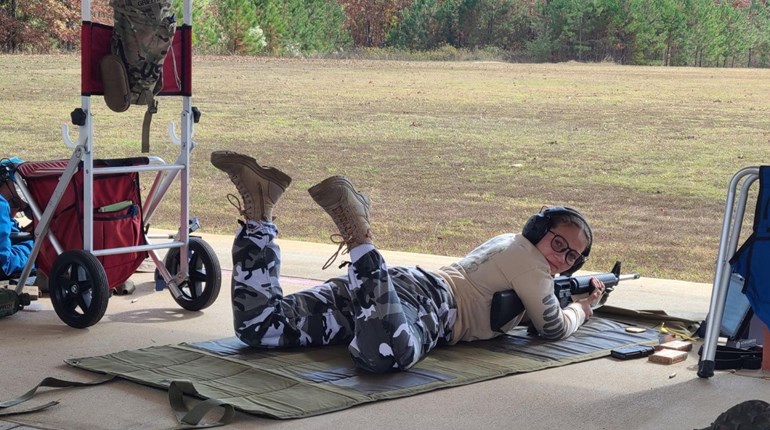
When it comes to critters to hunt, the very coy coyote can provide one of hunting's biggest challenges-and thrills. For most coyote (and other similar varmint species) hunting, you will be sitting on the ground and calling the hungry coyote directly to you. When a coyote hears a rabbit crying in distress or a squawking bird loudly squealing, the coyote thinks one thing-there's an easy meal waiting. Since you're source of the sounds when you call, you suddenly transform from hunter to hunted. And there's nothing in hunting that can be as thrilling-or sometimes scary-as seeing a mouthful of sharp and exposed coyote teeth dashing your way. This is not a hunt for the faint of heart.
The good-or bad news if you see the other side-is that coyotes have spread across most of America. This medium-sized game animal, sometimes called a songdog, was once only found in the Southwest's deserts and mountains. Because of expanded food supplies, such as larger deer herds, increased numbers of farm calves and the occasional unfortunate house pet, coyotes have now spread from coast to coast and into nearly every state. That's a lot of hunting opportunities, and nearly every state has a season-or is open year-round-for coyote hunting.
Some states permit hunting at night with lights, and other states, such as Wyoming, don't require any type of hunting license when you hunt coyotes. North Carolina's game department received so many complaints about coyotes killing and eating calves and other animals that the state recently changed its laws to permit night hunting for coyotes with lights on private property. Another swelling pest problem in much of America, wild boars, were also included in the law change in the Tarheel state.
You do need to check your state's regulations regarding coyote or varmint hunting seasons, allowed times, permitted firearms and hunting gear, and other details including licenses. These vary widely and the restrictions can be sometimes buried under general laws, coyote hunting or other categories.
Calling All Songdogs
To become the hunted with coyotes, you have to get their attention and then persuade them to move into the open where you can see them-or simply call them closer so you can shoot them. Coyotes are most active at night (including dawn and dusk), and spend much of the daylight hours hidden in underground dens, concealed in dense brush or hunkered down in deep gullies. When called, cautious coyotes often come above ground or move to the edge of dense brush where they stop, sit and stare. Hunters will need to locate themselves so they can see for long distances. It's best to sit on high ground so you can look down. Don't expect any and every called coyote to come trotting to your location or out into the open; their vision is rather good and their sense of smell is even better.
The key attractant sounds coyotes want to hear are distressed or injured animals. These can be injured rabbits, flailing birds, captured cats, crows or lost pups, to name a few. If you add in other coyote sounds that could be viewed as territory intruders-thief coyotes there to steal the presumed easy food-you will definitely have the attention of any coyote within hearing distance.
The good news is that many of those attention-grabbing sounds can be made with inexpensive hand-held mouth calls. Expect to spend $10 to $25 for most of these calls. There are a couple of models that can be adjusted to produce more than one call.
If you truly enjoy coyote calling and hunting, then the more expensive electronic calls can be the method to your success. Expect to spend $100 or more, but you'll have your hands free and be able to sit and watch for game movement instead of concentrating on blowing into a call. Most electronic game and coyote calls use remotes and also permit you to combine calls, so you could make sounds mimicking coyotes fighting over a distressed animal. The combo calls-such as when it sounds like another coyote has already found the meal-are too difficult for many hesitant coyotes to pass up. (Do be sure to check your local regulations about electronic calling!)
Those coyotes that would normally have stood their ground and observed will often come trotting your way-and into your rifle sights.
Taking Aim
There are generally two schools of thought on calling and killing coyotes. In one case you need to be well camouflaged, call them very close, then shoot and kill them with a shotgun. This style of hunting permits you to more easily connect with moving targets-the coyote-and you can cover a larger area as the shot scatters upon discharge. The key is calling a coyote into close range.
On the other hand, a rifle can often reach long range, but you need to know the distance and be steady to be precise and deadly. While rounds like the .22 Magnum or the new .17 Winchester Super Magnum find favor with some, the bigger .22-250 Rem., .223 Rem., .204 Ruger and .243 Win. are more favored. These are all flat-flying rounds with small bullets that reach top speeds. You will need to practice to be very precise with your shots when you spot a coyote.
And while most coyote riflemen-and women or girls, of course-use bolt-action rifles, the AR-15 (or Modern Sporting Rifle) has found favor with coyote hunters. These rifles are easy to maneuver in brush, easy to shoulder, and are easy to sight and align. Adjustable stocks found on many models permit easy modification to the length of pull, should you add on clothing layers to stay warm on a winter hunt. Numerous versions of these rifles arrive in your local gun shop already camouflaged, which aids with concealment and avoiding detection by keen coyote eyes.
More Varmint Versions
Coyotes-while both hated and hunted-are not alone. Toss in foxes, bobcats and wolves (where legal), plus raccoons, and you'll soon note the large mammal predators that make today's varmint list. Add in crows, rabbits and squirrels, along with groundhogs, prairie dogs, marmots and ground squirrels, and your pest list swells-along with the hunting opportunities. All are varmints (or undesirables), and all of these critters seem to instantly know when you have a rifle in your hand and them-as a target-in your eyes. Hunt cautiously and be safe.
The NRA maintains a state-by-state database of all state game and fish authorities. Go here to find your state, then navigate to its individual varmint regulations.






































